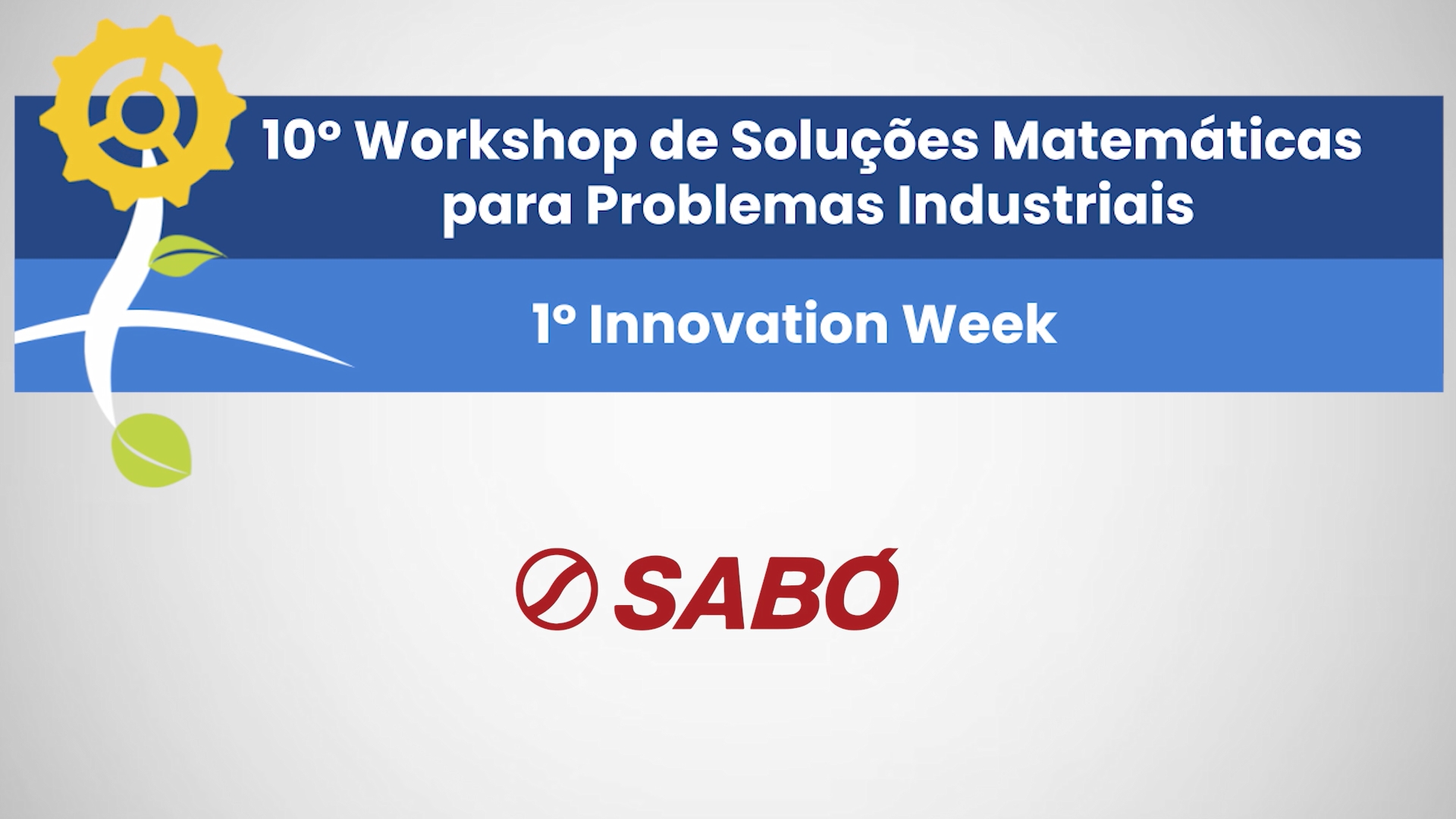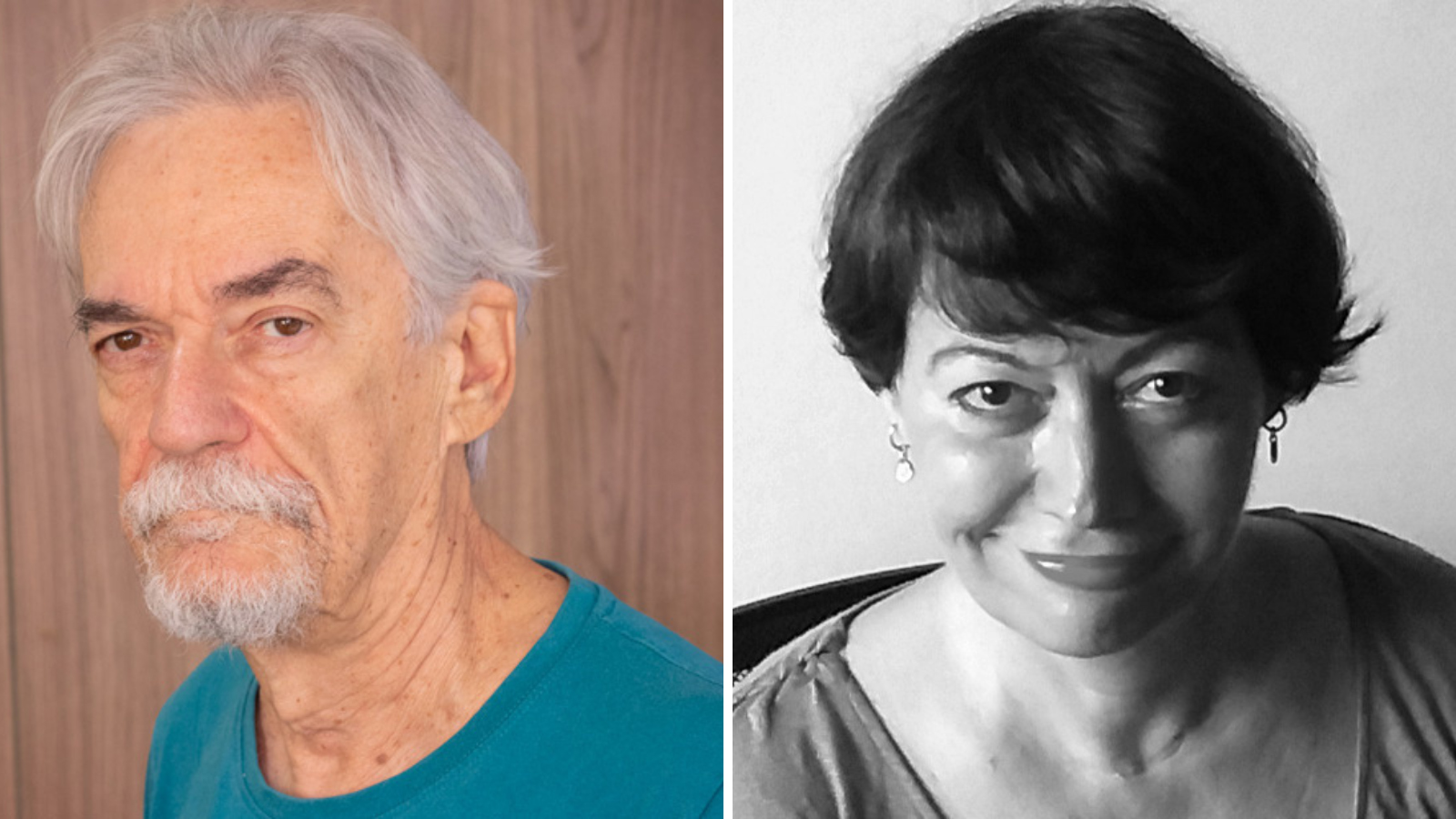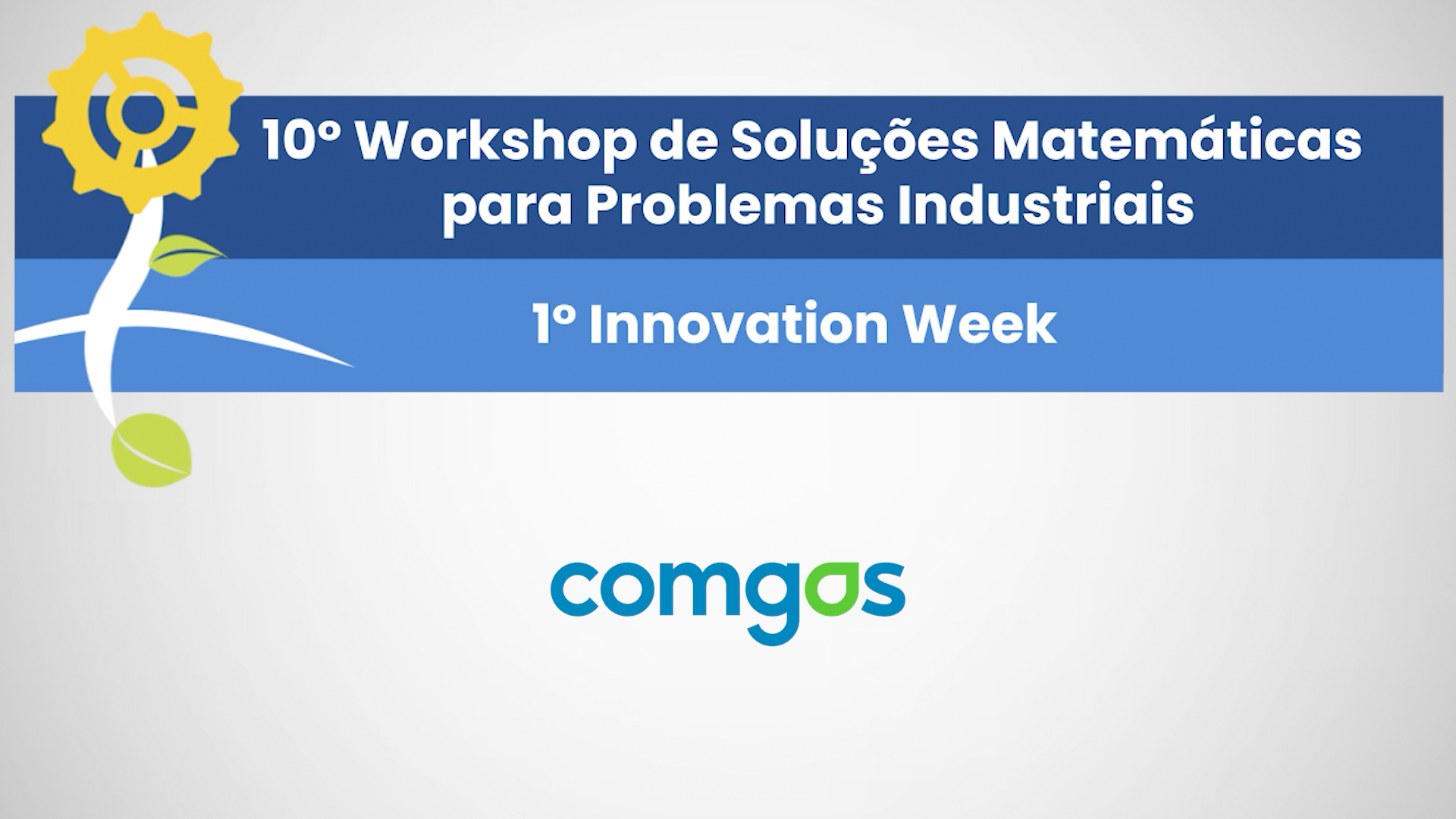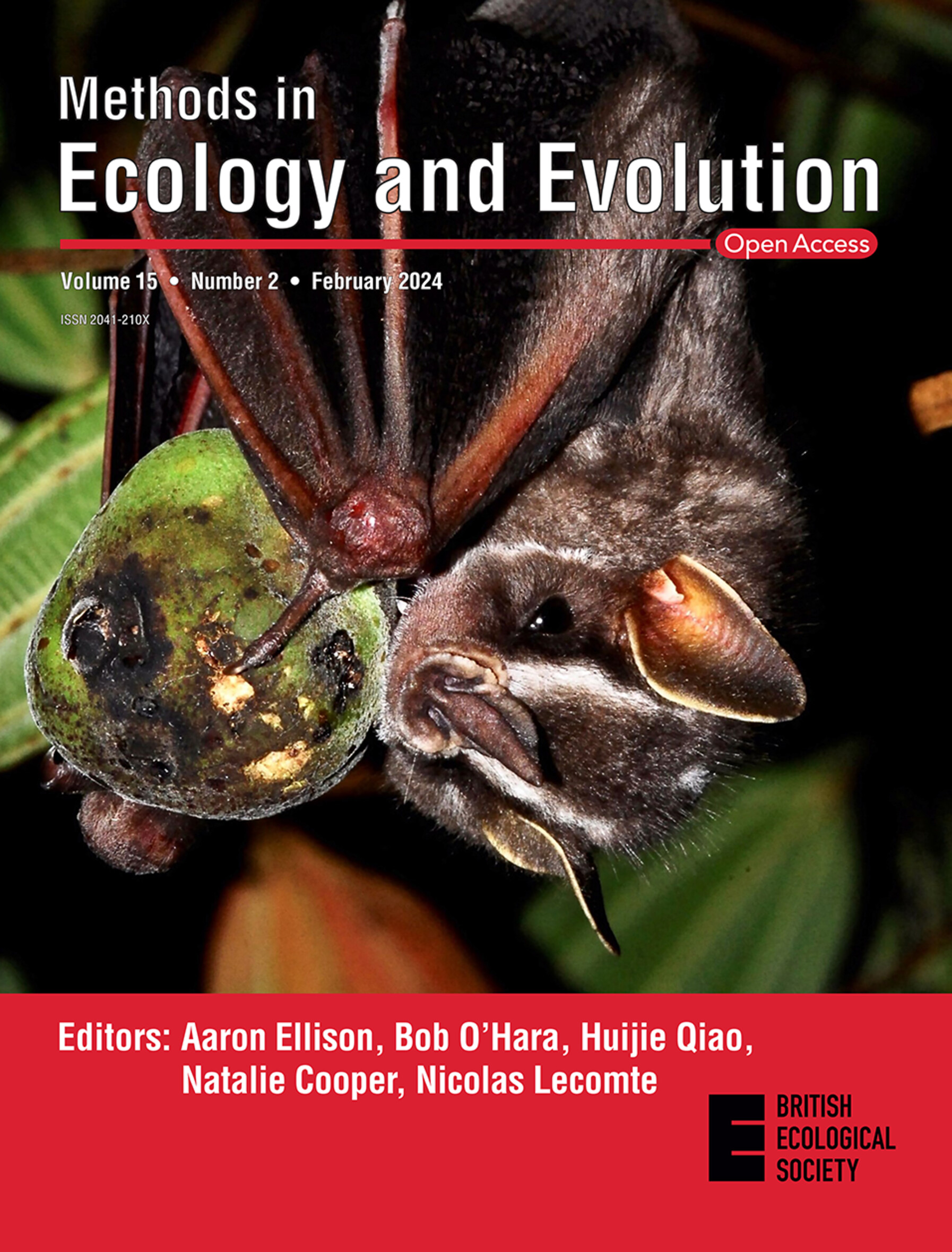Prof. Jonathan Evans (University of Bath)
This course is designed to give an overview of the modelling process and provide a general procedural framework with the necessary mathematical techniques to approach problems arising in industrial and applied mathematics. Although the areas of industrial and applied mathematics is broad, large classes of problems arise within the continuum mechanics framework. It is these types of problems that this course is designed to provide skills to formulate, analyse, interpret and document in reports or research articles. The course is designed to be delivered as a series of 10 lectures. The emphasis will be on how to use the techniques on practical problems, with reference given to the underlying mathematical theory. The detailed syllabus is as follows:
9.1.1 Lectures 1&2: Example Case Study.
An introductory problem on heat flow in metal bars is presented. The objectives are identified and then the key physical process modelled mathematically. The main modelling steps of formulating a well-posed initial-boundary problem, with subsequent non-dimensionalisation, analytical solution identification, asymptotic and numerical analysis is then presented. Interpretation of results and limitations of the model are discussed together with the structure of an actual written report for the problem.
9.1.2 Lecture 3: Overview of the Modelling Process.
Identification of the key steps in mathematical modelling. Interpretation of the physical process in a mathematical model. The main steps to analyse the mathematical problem. Intrepretation of results and model refinement leading to the modelling loop cycle. Ideas of Occam’s razor, parsimonius problems, bottom-up versus top-down approach. Identification of research problems and their different types. Transfer of mathematical techniques and technology between different application areas. Structure for writing reports, articles and research papers.
9.1.3 Lectures 3&4: Non-dimensionalisation.
Scaling variables to remove dimensions. The reasons to non-dimensionalise a system of equations. Application of the approach to a sequence of example problems from classical continuum models. The examples are of increasing complexity, leading from ordinary differential equations to partial differential equations and free and moving boundary problems. Non-dimensionalisation of the Navier Stokes equations, identification of dimensionless groups. Buckingham-Pi theorem.
9.1.4 Lectures 5-7: Similarity Methods.
Scaling methods applied to ordinary and partial differential equations. Scaling reduction techniques for nonlinear ordinary differential equations, including equidimensional equations and scale invariant equations. Similarity methods applied to nonlinear partial differential equations e.g. nonlinear diffusion and moving interfaces. Identification of the similarity form. Introduction to Lie groups and analysis in the Lie-plane. Type I and II similarity solutions.
9.1.5 Lectures 8-10: Asymptotic Methods.
The method of matched asymptotic expansions. Boundary layers, including flow of a viscous fluid past a flat plate. Solution of the Prandtl boundary layer by the Blasius similarity solution. Lubrication approximation in the Navier-Stokes equations, exploiting small aspect ratio geometries and the derivation of slowly varying solutions. Thin-film equation under a hierarchy of driving forces from gravity, surface tension and a light plate. Nonlinear diffusion examples. Novel example of contact lens motion. Asymptotic techniques complementing numerical techniques.
9.1.6 References:
Mathematical Modelling:
- A.B. Tayler “Mathematical models in applied mechanics”. OUP 1986.
- A.C. Fowler “Mathematical models in the applied sciences”. CUP 1997.
- E. Cumberbatch and A. Fitt “Mathematical Modelling: Case studies from industry”. CUP 2001.
- J. Ockendon, S. Howison, A. Lacey, A. Movchan “Applied partial differential equations”. OUP 1999.
- J. Crank “Free and moving boundary problems”. OUP 1987.
Similarity Methods:
- L. Dresner “Similarity solutions of nonlinear PDEs”. Pitman Research Notes in Mathematics 88. 1983.
- G.J. Barrenblatt “Scaling, self-similarity and intermediate asymptotics”. CUP 1996.
Asymptotic & Perturbation Methods:
- C.M. Bender and S.A. Orszag “Advanced mathematical methods for scientists and engineers”. McGraw-Hill 1987.
- E.J. Hinch “Perturbation methods”. CUP 1994.
9.1.7 Software:
- MATLAB.
9.1.8 Case Study Problems:
Two Case Study Problems are available for small group/individual study:
- Case Study 1: Haemodialysis Performance
- Case Study 2: Silicon Oxidation.
The Problem Descriptions and Outline Suggestions are attached for each Case Study.
The Outline Suggestions are only one way to approach the problem, others may be valid.
The main points to address in building a model, obtaining a solution/results and writing a report/presentation are:
- Problem background, description and mathematical formulation.
- Analysis i.e. non-dimensionalisation; analytical, numerical and asymptotic solutions.
- Results, interpretation, limitations, extensions.
Período e local de realização do curso:
09 de julho a 14 de julho de 2018.
Horário: das 08:00 às 12:00
Local: ICMC/USP (salas do bloco 3).
Critério de Aprovação:
85% de frequência.
Público-Alvo: Pós graduação na área de Matemática, Matemática Aplicada e Computacional e Computação.
Nº de vagas: 20
Período de Inscrição: 10/05/2018 a 10/06/2018.
Clique aqui para fazer sua inscrição
Critérios de Seleção:
Realizar a inscrição e enviar para o email contatocemeai@icmc.usp.br os seguintes documentos para análise:
– Currículo Vitae ou Currículo Lattes.
– Declaração assinada pelo orientador e aluno: Orientador deve informar na declaração concordância com a participação do aluno, informando que o aluno tem o comprometimento de realizar o curso, caso tenha sua inscrição deferida.
Observação:
A inscrição dos participantes no Workshop de Soluções Matemáticas a ser realizado no período de 16 à 20 de julho não é obrigatória, mas recomendável. No Workshop onde serão colocadas em prática as técnicas apresentadas no curso.
Para inscrição no Workshop de Soluções Matemáticas, acesse:
http://www.cemeai.icmc.usp.br/4WSMPI/
Auxílios:
Alunos de fora de São Carlos que participem da Escola Matemática (09 à 14 de julho) e que também participem do Workshop de Soluções Matemáticas que será realizado na semana seguinte (16 à 20 de julho), poderão solicitar auxílio para despesas durante o período. Para mais informações sobre as possibilidades de apoio, envie mensagem com assunto “Apoio para participação na Escola de Matemática e Workshop de Soluções para Problemas Industriais” para contatocemeai@icmc.usp.br






